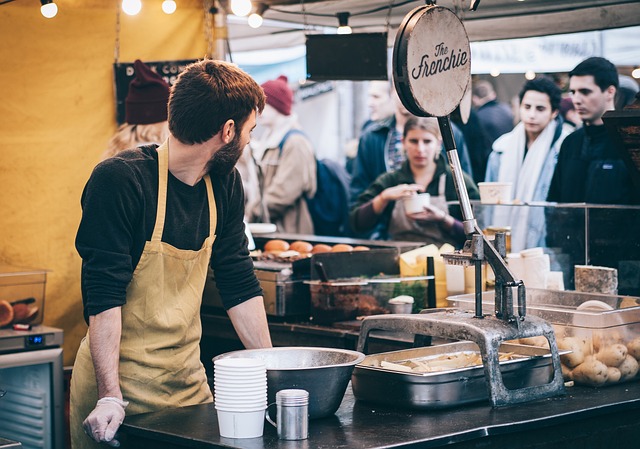The Resilience and Growth of Fast-Casual Restaurants: A Post-Pandemic Success Story
The fast-casual restaurant category has been a dynamic player in the food industry since its inception in the 1990s, marked by the emergence of trailblazers like Chipotle. This segment truly came of age in the 2010s, a period shaped by the aftermath of the Great Recession, as consumers sought value, speed, and quality. Defined as an elevated version of quick-service restaurants (QSR) without the full-service component of casual dining, fast-casual has since carved out a unique niche.
The Pandemic Shift: Fast Casuals on the Rise
In the current post-pandemic environment, fast-casual restaurants have hit a sweet spot of growth. As inflation-weary consumers pull back on visits to most casual-dining concepts and some quick-service establishments, fast-casual players like Potbelly, Chipotle, Wingstop, CAVA, and Shake Shack have seen significant traffic increases and robust sales performance. This trend is underscored by recent Technomic data, which reveals that fast-casual sales in 2023 grew by 11.2%, outpacing quick-service sales at 7.9%, family-dining at 5.7%, and casual-dining chains at 4.7%.
Rich Shank, Vice President of Technomic, highlighted this momentum during a presentation at the Restaurant Leadership Conference, noting that “LSR (limited-service restaurant) momentum continues to accelerate, mostly driven by fast casual.” The outlook for the segment is equally promising; Allied Market Research forecasts that the global fast-casual market, valued at $124.5 billion in 2022, will reach $337.8 billion by 2032, with a compound annual growth rate (CAGR) of 10.4%. Technavio research offers an even more optimistic projection, predicting a CAGR of 11.5% through 2027.
Investor Confidence and Market Appeal
Investors have certainly taken note of the fast-casual segment’s potential. According to Citi restaurant analyst Jon Tower, the segment offers a compelling long-term investment opportunity, particularly appealing to younger and wealthier demographics. Tower describes the fast-casual segment as still in its “infancy,” suggesting significant room for growth.
Lauren Fernandez, CEO and founder of investment firm Full Course, shares this optimistic view. She emphasizes that the fast-casual space is resilient in the face of economic headwinds and offers a favorable investment landscape. “There is less compression in times like these, and it’s starting to impact how people eat. In that environment, I feel bullish on fast casual, but pragmatically so,” Fernandez stated. She points out that fast-casual restaurants often have a shorter payback period compared to their QSR and full-service counterparts, a more flexible labor model, and greater ease in franchising. Additionally, these restaurants are well-suited for adding revenue streams such as delivery and catering.
The Consumer Experience: Convenience Meets Quality
Consumer strategist Lisa Miller highlights the unique role of fast-casual restaurants in the current market. According to Miller, some fast-casual brands are emphasizing convenience, while others focus on creating a memorable dining experience. “The winners will be the fast casuals that are experience-oriented because many casual dining restaurants are giving up that dine-in occasion in favor of off-premises growth,” she said.
As price point lines continue to blur between different segments of the restaurant industry, fast-casual restaurants are uniquely positioned to thrive. Their ability to balance convenience, quality, and a compelling dining experience makes them a standout choice for today’s discerning consumers. With strong sales growth, investor confidence, and a promising future outlook, the fast-casual segment is not just surviving but flourishing in the ever-evolving landscape of the food industry.
Nation’s Restaurant News, Alicia Kelso

